

Articles
How To Store Dehydrated Tomatoes
Modified: February 23, 2024
Learn the best methods for storing dehydrated tomatoes in this comprehensive articles. Keep your tomatoes fresh and flavorful for longer with these helpful tips.
(Many of the links in this article redirect to a specific reviewed product. Your purchase of these products through affiliate links helps to generate commission for Storables.com, at no extra cost. Learn more)
Introduction
Dehydrated tomatoes offer a convenient and delicious way to enjoy the flavor and nutritional benefits of this versatile fruit year-round. Whether you are a home gardener looking to preserve your harvest or a food lover seeking to incorporate dried tomatoes into your recipes, proper storage is crucial to maintain their taste and texture over time.
In this article, we will explore the benefits of dehydrated tomatoes and provide you with expert tips on how to store them effectively for long-term use. From choosing the right storage containers to understanding the different methods of preservation, we have got you covered. So let’s dive in and discover the secrets to keeping your dehydrated tomatoes fresh and flavorful.
Key Takeaways:
- Preserve the vibrant flavor and nutritional benefits of dehydrated tomatoes by choosing the right storage containers, removing excess air, and protecting against moisture and light.
- Enjoy the convenience of having delicious dehydrated tomatoes on hand to elevate your culinary creations throughout the year, thanks to proper storage techniques and additional preservation tips.
Read more: How To Dehydrate Tomatoes In A Dehydrator
Benefits of Dehydrated Tomatoes
Dehydrated tomatoes are not only delicious but also offer a range of health benefits. Here are some of the reasons why incorporating dehydrated tomatoes into your diet is a great idea:
- Long Shelf Life: Dehydrating tomatoes removes the water content, which significantly increases their shelf life. With proper storage, dehydrated tomatoes can last for several months or even years, making them an excellent option for long-term food preservation.
- Concentrated Nutrients: Dehydrated tomatoes retain most of their nutrients, including vitamins A, C, and lycopene, a powerful antioxidant known for its potential health benefits, such as reducing the risk of certain cancers and heart disease.
- Intense Flavor: The dehydration process enhances the flavor of tomatoes, resulting in a more concentrated and robust taste. This makes dehydrated tomatoes a perfect addition to various dishes, such as soups, stews, pasta sauces, and salads, providing a burst of tangy sweetness in every bite.
- Easy to Use and Versatile: Dehydrated tomatoes are incredibly versatile and can be used in a variety of ways. You can rehydrate them by soaking them in water or broth, or simply add them directly to your recipes. They are a great addition to pizzas, sandwiches, dips, and even as a standalone snack.
- Cost-Effective: Investing in a food dehydrator or purchasing dehydrated tomatoes in bulk can help save money in the long run. With dehydrated tomatoes on hand, you can avoid the expense of buying fresh tomatoes out of season or wasting unused tomatoes that spoil quickly.
- Reduced Storage Space: Dehydrated tomatoes occupy significantly less space compared to fresh tomatoes. This makes them a convenient option, particularly for those with limited storage space or for backpacking and camping trips where space is at a premium.
With these benefits in mind, it’s clear that dehydrated tomatoes are a versatile and nutritious ingredient that can elevate the flavor of your favorite dishes. Now that you know the advantages, let’s move on to the next section, where we will explore how to properly prepare and store your dehydrated tomatoes for long-term enjoyment.
Preparing the Dehydrated Tomatoes
Before you can properly store dehydrated tomatoes, it is essential to prepare them correctly. Follow these simple steps to ensure your tomatoes are ready for long-term storage:
- Selecting the Right Tomatoes: Choose flavorful, ripe tomatoes for dehydration. Varieties like Roma, San Marzano, and cherry tomatoes work well due to their meaty texture and rich taste.
- Washing and Prepping: Start by gently washing the tomatoes under cold running water. Remove any dirt or debris and pat them dry with a clean cloth or paper towel. Remove the stems and core, and cut the tomatoes into slices or halves, depending on your preference.
- Optional Pre-Treatment: For improved flavor and to prevent the tomatoes from browning, you can blanch them briefly before dehydrating. To do this, carefully drop the tomato slices into boiling water for about 30 seconds and then transfer them to an ice bath. Once cooled, pat them dry before proceeding with the dehydration process.
- Dehydrating the Tomatoes: Arrange the tomato slices or halves in a single layer on the dehydrator trays or baking sheets lined with parchment paper. Set the dehydrator to low heat (around 135°F or 57°C) and allow the tomatoes to dry for several hours, rotating the trays occasionally for even drying. If using an oven, set it to the lowest temperature and leave the door slightly ajar to allow moisture to escape.
- Checking for Dryness: The drying time will vary depending on the size and thickness of the tomato slices, as well as the humidity levels. Check for dryness by pressing the tomatoes; they should be leathery and have no visible moisture. If they still feel soft or pliable, continue drying them until they reach the desired texture.
- Cooling and Conditioning: Once dried, remove the tomato slices from the dehydrator or oven and let them cool completely. To condition the tomatoes for storage, place them in airtight containers and leave them at room temperature for about a week. This helps distribute any remaining moisture evenly throughout the slices, ensuring they stay dry during storage.
Now that your dehydrated tomatoes are properly prepared, we can move on to the next section, where we will discuss different storage container options to keep your tomatoes fresh and flavorful.
Choosing the Right Storage Containers
When it comes to storing dehydrated tomatoes, selecting the right containers is crucial to maintain their quality and extend their shelf life. Here are a few options to consider:
- Glass Jars: Glass jars with airtight lids, such as Mason jars, are a popular choice for storing dehydrated tomatoes. Opt for jars that are clean, dry, and free from any cracks or chips. The transparency of glass also allows you to easily monitor the condition of the tomatoes.
- Vacuum-Sealed Bags: Vacuum-sealed bags provide an excellent way to remove excess air and prevent moisture from seeping in. These bags come in various sizes and can be easily sealed using a vacuum sealer or a handheld pump.
- Mylar Bags: Mylar bags offer an additional layer of protection against air, light, and moisture. They are particularly useful for long-term storage as they provide an extra barrier to keep the tomatoes fresh for an extended period. You can seal the bags using a heat sealer.
- Ziplock Bags: Ziplock bags are a convenient and budget-friendly option for short-term storage of dehydrated tomatoes. Ensure the bags are completely sealed, and consider double-bagging for added protection.
- Food-Safe Plastic Containers: If using plastic containers, make sure they are food-safe and have secure lids. Look for containers that are BPA-free and designed specifically for food storage.
In addition to the type of container, consider the size of the container based on the quantity of tomatoes you plan to store. It’s best to choose containers that are just slightly larger than the amount of tomatoes you have to minimize the amount of air trapped inside.
Remember to label your containers with the date of storage to keep track of freshness, and store them in a cool, dry place away from direct sunlight and heat sources. Now that you have an idea of the different storage container options, let’s discuss the specific methods for storing dehydrated tomatoes in each type of container.
Storing Dehydrated Tomatoes in Jars
Storing dehydrated tomatoes in glass jars is a popular and effective method for preserving their flavor and texture. Here’s a step-by-step guide on how to store them in jars:
- Clean and Dry the Jars: Start by washing the glass jars and lids with hot soapy water. Rinse them thoroughly and allow them to air dry completely. Make sure there are no traces of moisture to prevent any risk of mold or spoilage.
- Fill the Jars: Fill the clean, dry jars with the dehydrated tomato slices or halves, leaving about 1 inch of headspace at the top. This allows for any air expansion or moisture absorption during storage.
- Airtight Seal: Place the lids on the jars and twist them tight to create an airtight seal. Check to ensure that the lids are properly sealed.
- Label and Date: Use adhesive labels to identify the contents of each jar and write the date of storage. This will help you keep track of the freshness and rotation of the tomatoes.
- Store in a Cool, Dry Place: Find a cool, dry area in your pantry or cupboard to store the jars. Avoid exposing them to direct sunlight or heat, as this can degrade the quality of the tomatoes.
Remember to check the jars periodically for any signs of moisture or spoilage. If you notice any condensation or a foul odor, discard the tomatoes immediately.
Storing dehydrated tomatoes in glass jars not only helps to keep them fresh but also allows you to showcase their vibrant colors. It’s an excellent storage option for those who prefer a visually appealing pantry display. If you have extra jars, consider giving them as gifts—dehydrated tomatoes make a thoughtful and tasty present for food-loving friends and family.
Next, we will explore the method of storing dehydrated tomatoes in vacuum-sealed bags for maximum freshness and shelf life.
Store dehydrated tomatoes in an airtight container, such as a glass jar or a vacuum-sealed bag, to keep them fresh and prevent moisture from getting in. Keep them in a cool, dark place to maintain their flavor and texture.
Storing Dehydrated Tomatoes in Vacuum-Sealed Bags
Using vacuum-sealed bags is an excellent method for storing dehydrated tomatoes, as it helps to remove excess air and maintain their freshness for an extended period. Here’s a step-by-step guide on how to store dehydrated tomatoes in vacuum-sealed bags:
- Select and Prepare the Bags: Choose high-quality vacuum-sealed bags that are suitable for food storage. Ensure the bags are clean and dry before use. If using a roll of bags, cut them into sizes that are appropriate for the amount of tomatoes you plan to store.
- Fill the Bags: Place the dehydrated tomato slices or halves into the bags, leaving enough space at the top for sealing. Avoid overcrowding the bags, as this can lead to excess air retention and increased chances of spoilage.
- Seal the Bags: Follow the instructions provided with your vacuum-sealing machine to seal the bags. Some machines require pre-heating before sealing, so ensure the machine is ready. Place the open end of the bag into the machine and initiate the vacuum-sealing process. Once sealed, double-check for any leaks or openings.
- Label and Date: Use a permanent marker to label each bag with the contents and the date of storage. This will help you keep track of the freshness and ensure you use them in the correct order.
- Storage: Store the vacuum-sealed bags of dehydrated tomatoes in a cool, dry place, away from direct sunlight and heat sources. A pantry or cupboard is typically a suitable location.
Vacuum-sealed bags create a tight seal around the tomatoes, preventing air and moisture from entering and compromising their quality. This method also helps to preserve the flavor, color, and nutritional content of the tomatoes, ensuring they retain their taste and nutritional benefits over time.
It is important to note that, once opened, resealing the vacuum-sealed bags may not yield the same results as with the initial seal. Consider dividing the tomatoes into smaller portions within the sealed bags if you anticipate using them in batches, minimizing the need to repeatedly expose the entire contents to air.
Now that you know how to use vacuum-sealed bags, let’s explore another storage option for dehydrated tomatoes – storing them in Mylar bags.
Storing Dehydrated Tomatoes in Mylar Bags
Mylar bags are an excellent option for long-term storage of dehydrated tomatoes, providing an extra layer of protection against air, light, and moisture. Here’s a step-by-step guide on how to store dehydrated tomatoes in Mylar bags:
- Choose the Right Mylar Bags: Select food-grade Mylar bags that are specifically designed for long-term food storage. These bags are made of a durable and heat-sealable material that helps to maintain the freshness of the tomatoes.
- Fill the Bags: Open the Mylar bags and fill them with the dehydrated tomato slices or halves. Be sure to leave some headspace at the top of the bag to allow for sealing and expansion during storage.
- Remove Air: Before sealing the bags, try to remove as much air as possible. One popular method is to use an oxygen absorber packet, which helps to eliminate any residual oxygen inside the bag. Alternatively, you can use a straw to suck out the excess air before sealing the bag.
- Seal the Mylar Bags: Once the air is removed, heat-seal the Mylar bags using a regular iron or a heat-sealer. Ensure that the seal is airtight and secure, as this will help preserve the tomatoes for an extended period.
- Label and Date: Use a permanent marker to label each Mylar bag with the contents and the date of storage. This will help you keep track of the freshness and rotation of the tomatoes.
- Storage: Store the sealed Mylar bags in a cool, dry place away from direct sunlight and heat. Ideally, place them in airtight containers or boxes to provide an extra layer of protection.
Mylar bags are a popular choice for long-term food storage because they offer excellent protection against moisture, pests, and environmental elements. The heat-sealed design ensures that the dehydrated tomatoes remain fresh, flavorful, and free from any potential contaminants.
Remember to periodically inspect the Mylar bags for any signs of damage or leakage. If you notice any issues, transfer the tomatoes to a new Mylar bag and reseal them to maintain their quality.
With your dehydrated tomatoes securely stored in Mylar bags, you can enjoy the convenience of long-term storage and have them readily available for your favorite recipes throughout the year.
Next, we will explore an easy and economical storage option for dehydrated tomatoes – storing them in Ziplock bags.
Storing Dehydrated Tomatoes in Ziplock Bags
Ziplock bags are a convenient and budget-friendly option for short-term storage of dehydrated tomatoes. Here’s a step-by-step guide on how to store dehydrated tomatoes in Ziplock bags:
- Select the Right Ziplock Bags: Choose high-quality, food-grade Ziplock bags that are sturdy and durable. Opt for bags that have a reliable seal and are labeled as freezer-safe.
- Fill the Bags: Open the Ziplock bag and carefully place the dehydrated tomato slices or halves into it. Make sure not to overcrowd the bags, as this can lead to breakage or air retention.
- Remove Air: Before sealing the bag, try to remove as much air as possible. One method is to press gently on the bag, starting from the bottom and working your way up, to force out any trapped air. Alternatively, you can use the water displacement method by partially sealing the bag, submerging it in water, and allowing the water pressure to push out the air. Once the air is removed, fully seal the bag.
- Label and Date: Use a permanent marker to label each Ziplock bag with the contents and the date of storage. This will help you keep track of the freshness and ensure you use them in the correct order.
- Storage: Place the sealed Ziplock bags of dehydrated tomatoes in a cool, dry place, away from direct sunlight and heat. A pantry or kitchen cupboard is usually suitable for short-term storage.
Ziplock bags provide a quick and easy storage solution for dehydrated tomatoes, especially if you plan to use them within a few months. However, keep in mind that the seal on Ziplock bags may not be as airtight as other storage options, which can result in a shorter shelf life.
If you do choose to store dehydrated tomatoes in Ziplock bags for longer periods, consider placing the filled bags inside a larger airtight container for an extra layer of protection against moisture and air exposure.
Now that you know how to store dehydrated tomatoes in Ziplock bags, you can conveniently access them for various recipes and enjoy the burst of flavor that they bring to your dishes.
In the next section, we will provide additional tips to ensure the optimal storage of your dehydrated tomatoes.
Additional Tips for Storing Dehydrated Tomatoes
Now that you have learned about different storage methods for dehydrated tomatoes, here are some additional tips to ensure the optimal storage and preservation of your tomatoes:
- Absorb Moisture: Moisture is the enemy of dehydrated tomatoes. To further protect them from moisture, you can add a desiccant packet or a clean, dry rice grain to each storage container. These absorbent materials help to prevent the tomatoes from becoming damp or developing mold.
- Keep Away from Light: Exposure to light can cause the color and flavor of dehydrated tomatoes to degrade over time. Store them in dark, opaque containers or bags to protect them from light damage. If using clear jars or bags, store them in a cabinet or pantry away from direct sunlight.
- Regularly Check for Spoilage: Even with proper storage, it’s important to periodically check your dehydrated tomatoes for any signs of spoilage, such as mold, off smells, or changes in texture. If you notice any signs of spoilage, discard the affected tomatoes immediately to prevent contamination of the remaining batch.
- Rotate for Freshness: To ensure you use the oldest tomatoes first and maintain freshness, practice proper rotation. For example, if you have multiple containers or bags, always use the ones that were stored first before opening newer ones.
- Consider Freezing for Long-Term Storage: While dehydrated tomatoes have a good shelf life, if you want to extend it even further, you can place them in the freezer. Simply transfer the dehydrated tomatoes to freezer-safe bags or containers and store them in the freezer. This will help maintain their quality for up to a year or longer.
- Keep a Backup Stash: If you enjoy using dehydrated tomatoes frequently, it’s a good idea to keep a backup stash separately. This way, you’ll always have a supply available while you use up the current stock.
By following these additional tips and incorporating them into your storage routine, you can ensure that your dehydrated tomatoes remain fresh, flavorful, and ready to enhance your favorite recipes at any time.
As we conclude this article, remember that proper storage is key to maintaining the quality and taste of your dehydrated tomatoes. Whether you choose glass jars, vacuum-sealed bags, Mylar bags, or Ziplock bags, the key factors to focus on are removing air, protecting against moisture and light, and storing them in a cool, dry place.
So go ahead and enjoy the convenience of having delicious dehydrated tomatoes on hand, allowing you to enjoy their vibrant flavor and nutritional benefits all year round!
Conclusion
Dehydrated tomatoes offer a convenient and flavorful way to enjoy the taste of tomatoes year-round. Whether you are a home gardener looking to preserve your harvest or a food lover seeking to add a burst of tangy sweetness to your dishes, knowing how to properly store dehydrated tomatoes is essential.
In this article, we explored the benefits of dehydrated tomatoes, including their long shelf life, concentrated nutrients, intense flavor, versatility, cost-effectiveness, and reduced storage space requirements. We also provided detailed steps for preparing dehydrated tomatoes and discussed various storage container options, such as glass jars, vacuum-sealed bags, Mylar bags, and Ziplock bags.
By choosing the right storage containers, removing excess air, protecting against moisture and light, and storing them in a cool, dry place, you can ensure that your dehydrated tomatoes remain fresh, flavorful, and ready to enhance your recipes whenever you need them.
Remember to periodically check your stored dehydrated tomatoes for any signs of spoilage and practice proper rotation to use the oldest tomatoes first. Consider freezing for long-term storage, keeping a backup stash, and adding moisture-absorbing materials to further preserve their quality.
Now that you have the knowledge and understanding of how to store dehydrated tomatoes, you can confidently preserve the delicious flavor and nutritional benefits of this versatile fruit. So go ahead, dehydrate those tomatoes and enjoy the convenience of having them on hand to elevate your culinary creations throughout the year!
Frequently Asked Questions about How To Store Dehydrated Tomatoes
Was this page helpful?
At Storables.com, we guarantee accurate and reliable information. Our content, validated by Expert Board Contributors, is crafted following stringent Editorial Policies. We're committed to providing you with well-researched, expert-backed insights for all your informational needs.
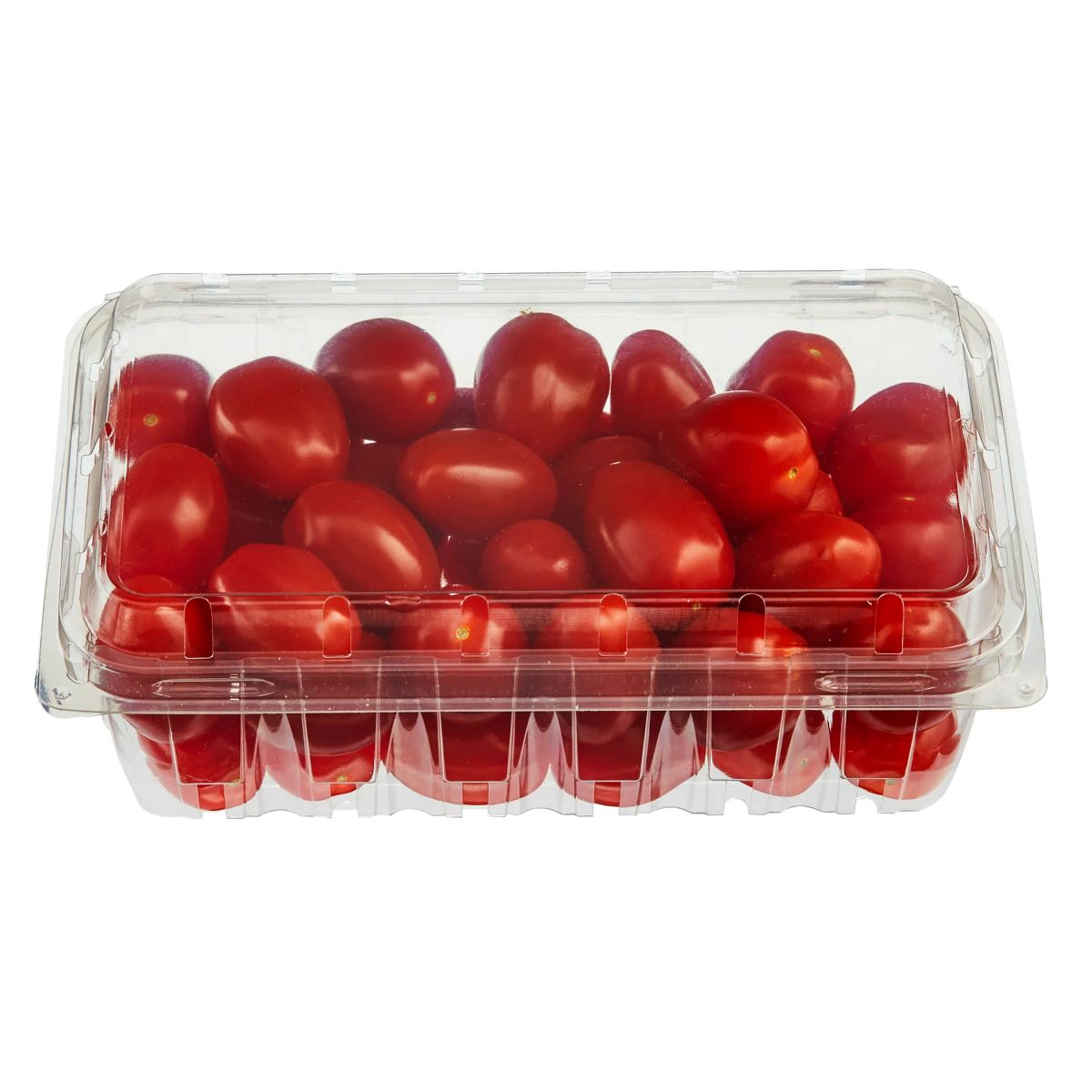

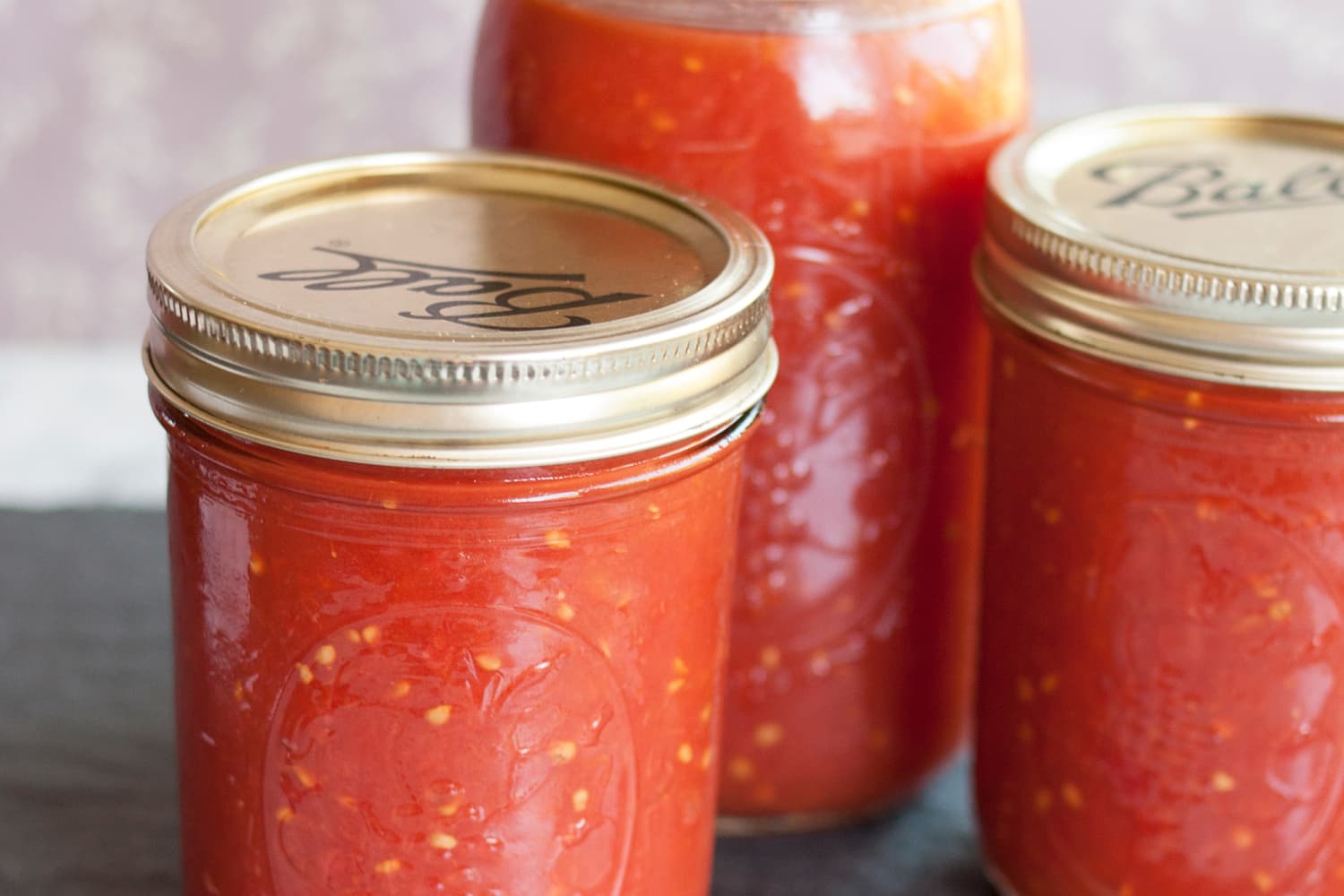




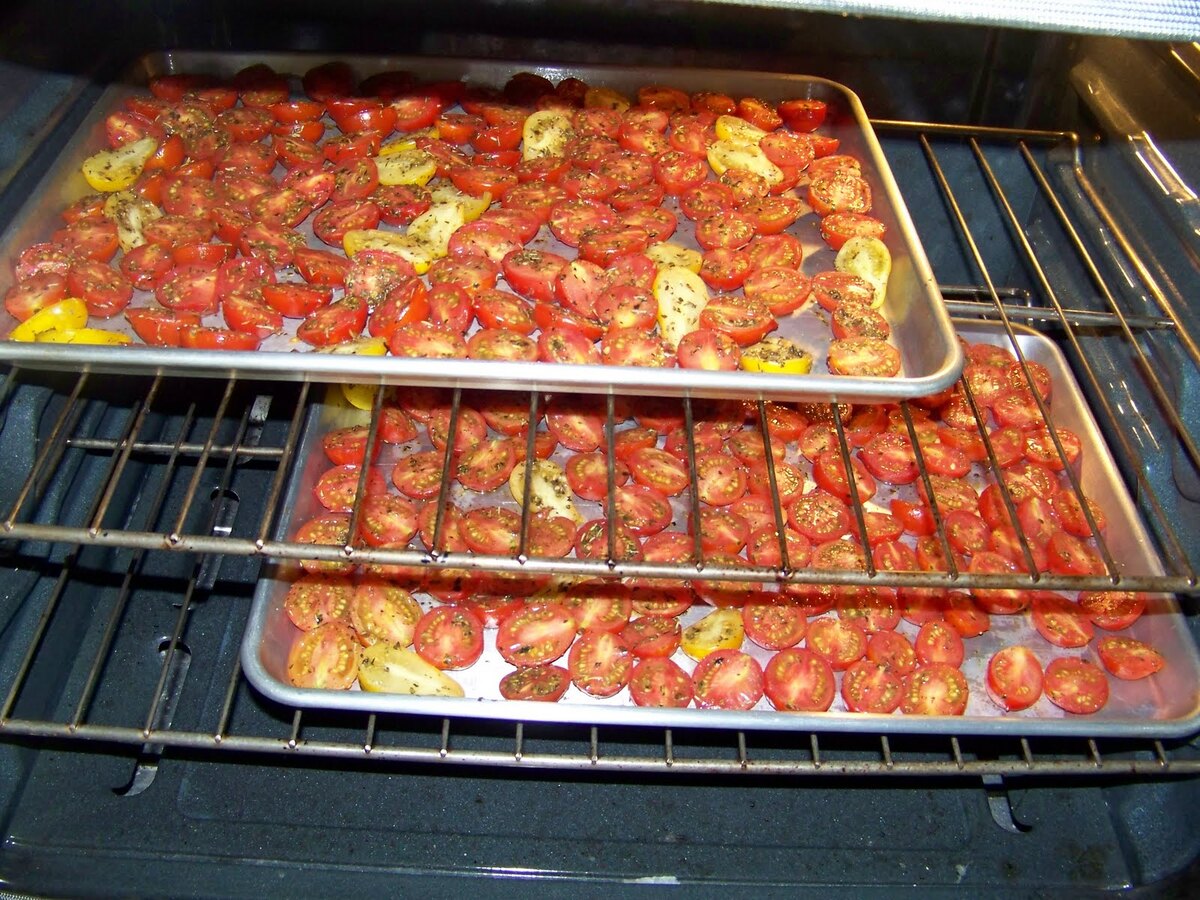
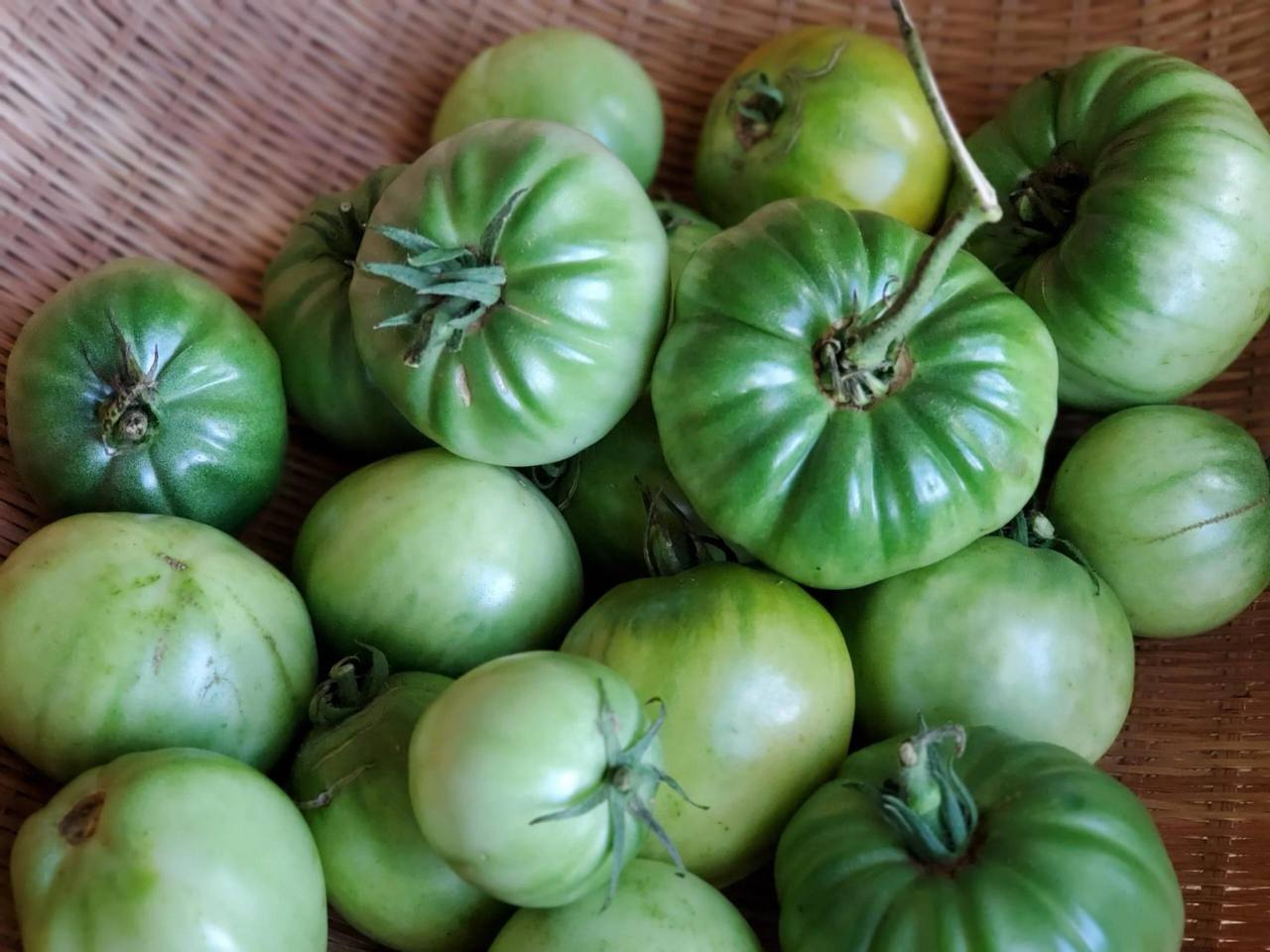

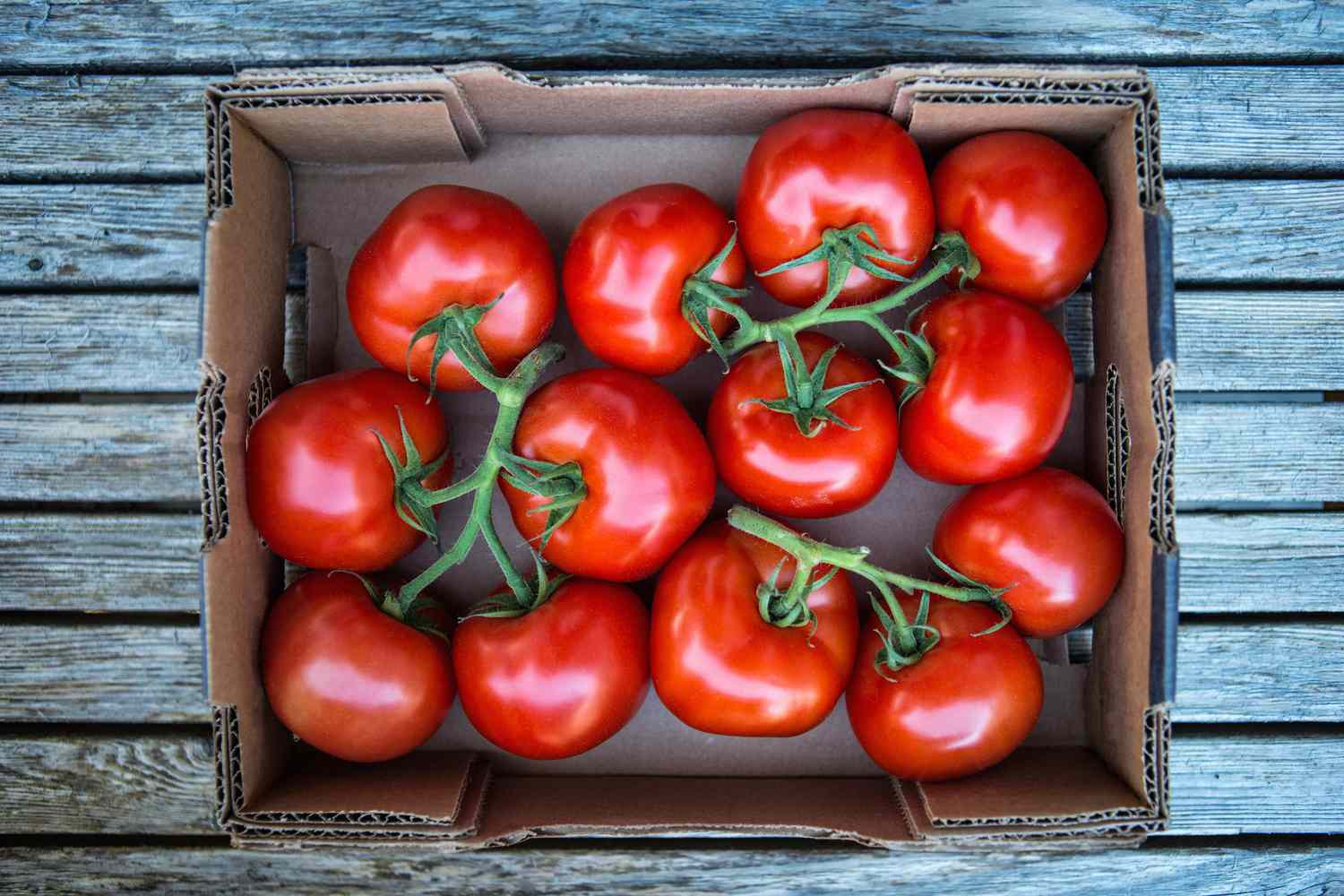

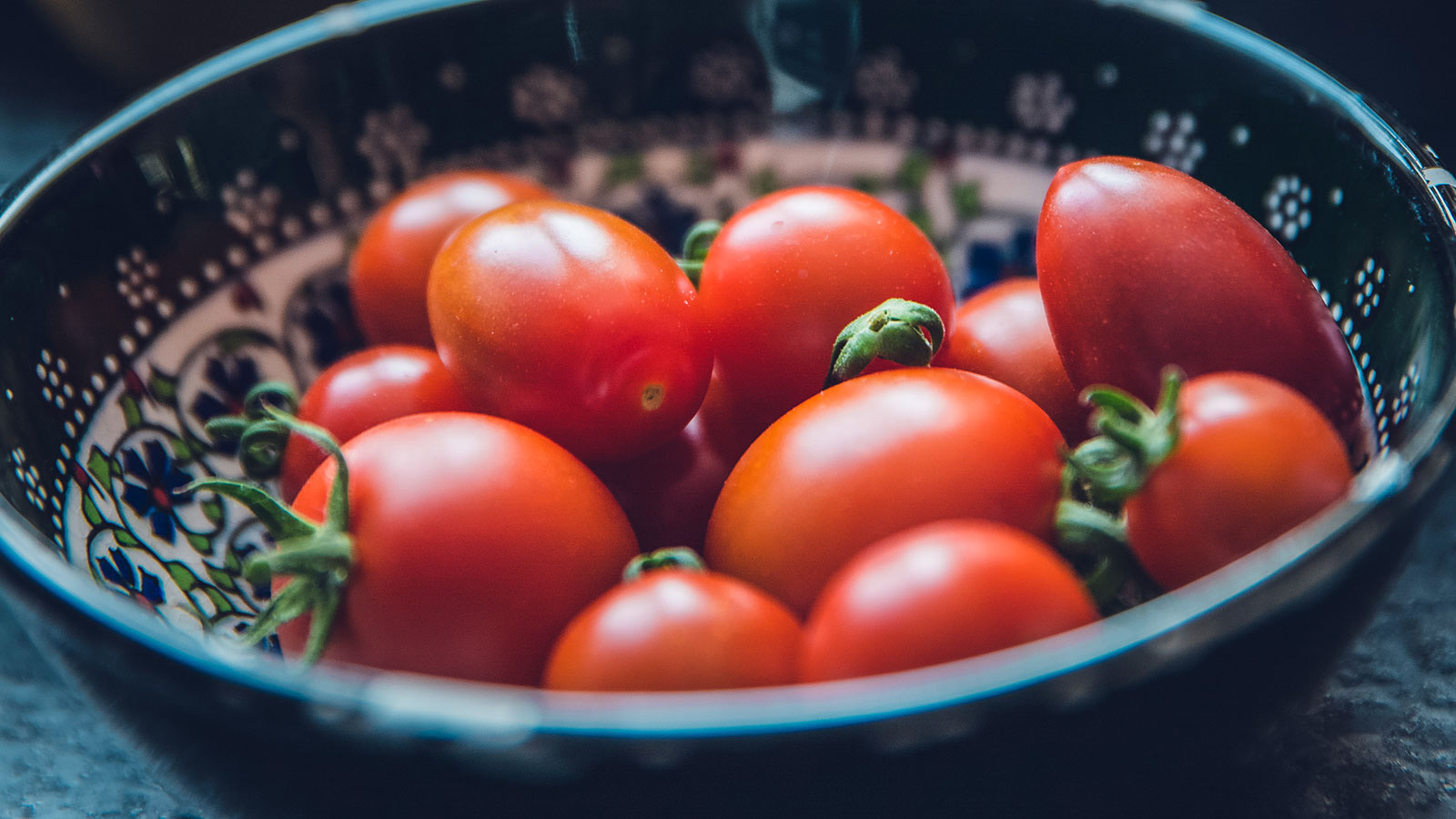

0 thoughts on “How To Store Dehydrated Tomatoes”